Galangal Roots: 7 Spicy Secrets You Never Knew About This Underground Wonder
If you thought all root spices were created equal, think again! Galangal roots might look like ginger’s ugly cousin, but they pack a flavor punch that could knock your socks off — literally. Whether you're a seasoned chef or a spice-curious foodie, this article will turn you into a galangal guru in no time. So grab your favorite mortar and pestle (or just your imagination), and let’s dig into the spicy soil of galangal knowledge!
Table of Contents
- What Is Galangal Anyway?
- Types of Galangal: Red, Blue, White… Oh My!
- From Curry to Cocktails: Galangal in the Kitchen
- The Good Stuff: Health Benefits of Galangal
- In a Pinch: Galangal Substitutes
- Keep It Fresh: How to Store Galangal Like a Pro
- Did You Know? Galangal Fun Facts
- Summary: The Root of All Good Things
What Is Galangal Anyway?
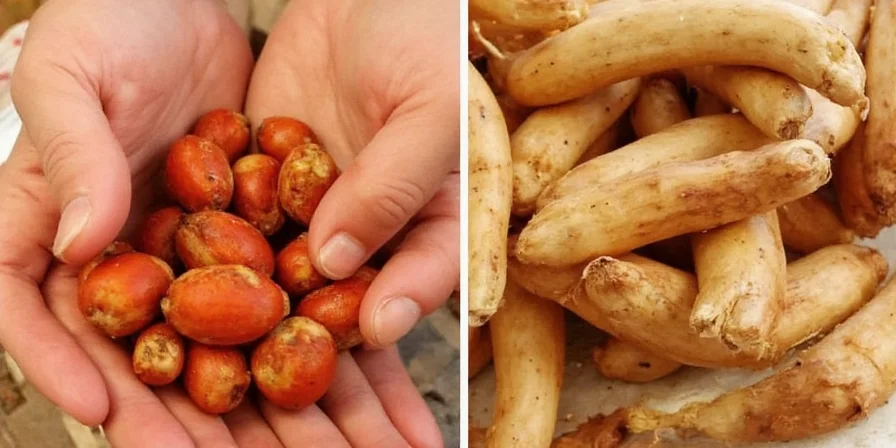
Galangal is a rhizome (fancy word for underground stem) that belongs to the Zingiberaceae family — the same family as ginger, turmeric, and cardamom. But don’t let that fool you; galangal has its own distinct personality. Unlike the warm, sweet heat of ginger, galangal brings a sharper, piney, almost peppery kick to the table.
There are several types of galangal, but the two most commonly used in cooking are greater galangal (Alpinia galanga) and lesser galangal (Alpinia officinarum). Each has its own unique flavor profile and culinary application, which we’ll dive into shortly.
Types of Galangal: Red, Blue, White… Oh My!
| Type | Appearance | Taste Profile | Best For |
|---|---|---|---|
| Greater Galangal | Thicker skin, pale interior | Piney, peppery, slightly citrusy | Soups, curries, Thai dishes |
| Lesser Galangal | Smaller, reddish-brown skin | More pungent, bitter edge | Chinese medicine, certain spice blends |
| Blue/Greater Blue Galangal | Bright blue ring when cut | Spicy, aromatic | Decorative use, limited cuisine |

From Curry to Cocktails: Galangal in the Kitchen
Galangal is a staple in Southeast Asian cuisine — especially in Thai, Indonesian, and Malaysian dishes. Here’s how to make it sing in your kitchen:
- Tom Kha Gai: That creamy coconut chicken soup you love? Galangal is the secret weapon behind its aromatic depth.
- Curry Pastes: Use it fresh or dried in homemade curry pastes for an earthy, resinous note.
- Marinades: Crush it with lemongrass, garlic, and chili for a killer meat or tofu marinade.
- Cocktail Garnishes: Thinly slice and muddle into gin or vodka cocktails for a spicy, herbal twist.
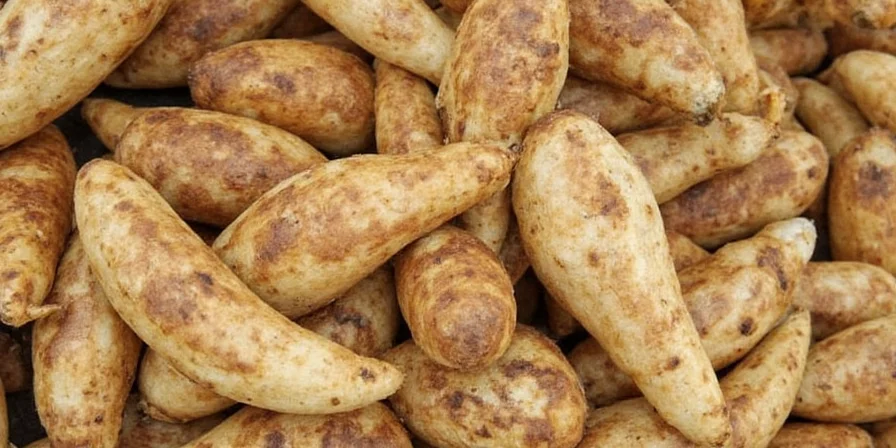
The Good Stuff: Health Benefits of Galangal
Beyond its flavor, galangal is packed with compounds that may offer health perks. While more research is needed, here’s what scientists are buzzing about:
- Antimicrobial Properties: Compounds like alpinetin may help fight bacteria and fungi.
- Anti-inflammatory Effects: Some studies suggest it may reduce inflammation markers.
- Digestive Aid: Traditionally used to soothe upset stomachs and bloating.
- Antioxidant Powerhouse: Rich in flavonoids and phenolic compounds that combat free radicals.
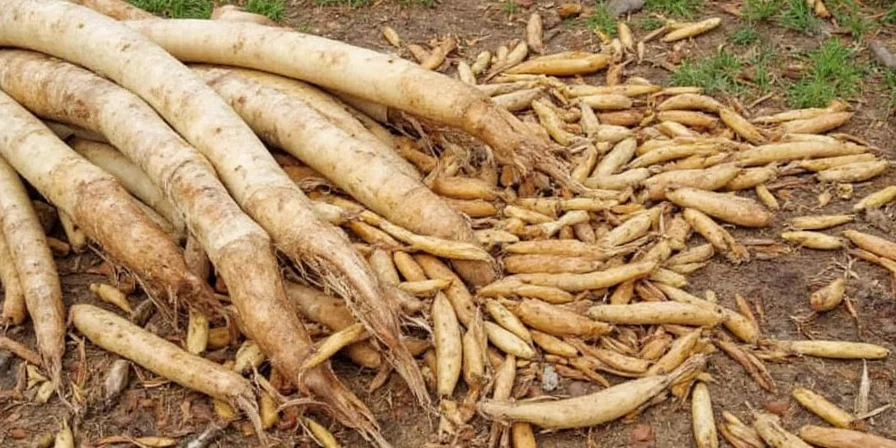
In a Pinch: Galangal Substitutes
Ran out of galangal but need that signature bite? Here’s how to fake it until you make it:
| Substitute | How to Adjust | Flavor Impact |
|---|---|---|
| Ginger | Increase by 30% for more bite | Sweet, warm, less sharp |
| Turmeric | Use sparingly + add black pepper | Earthy, vibrant color, milder flavor |
| Kaffir Lime Peel | Combine with lemon zest | Citrusy, floral, adds complexity |

Keep It Fresh: How to Store Galangal Like a Pro
Want your galangal to last longer than your New Year's resolutions? Follow these easy storage hacks:
- Refrigerator: Wrap in paper towel, store in ziplock bag. Lasts up to 2 weeks.
- Freezer: Slice and freeze in portions. Grate directly into dishes without thawing.
- Dried: Dry slices in oven or dehydrator. Grind into powder for curry blends or rubs.
- Pickled: Make galangal escabeche for tangy kicks in salads or sandwiches.
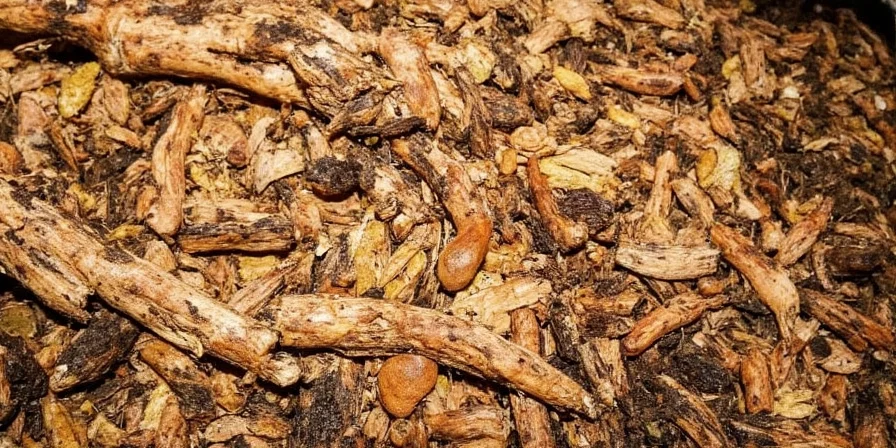
Did You Know? Galangal Fun Facts
You’ve probably learned a lot by now, but here are some random tidbits to impress your friends at dinner parties:
- Galangal was once believed to protect against evil spirits in ancient China.
- Its essential oils are used in perfumes and aromatherapy.
- Some species bloom with stunningly blue flowers — hence the “blue galangal” name.
- In Bali, it’s used in traditional rituals and temple offerings.
- It’s sometimes called “Siamese ginger” — but technically, it’s not ginger at all!
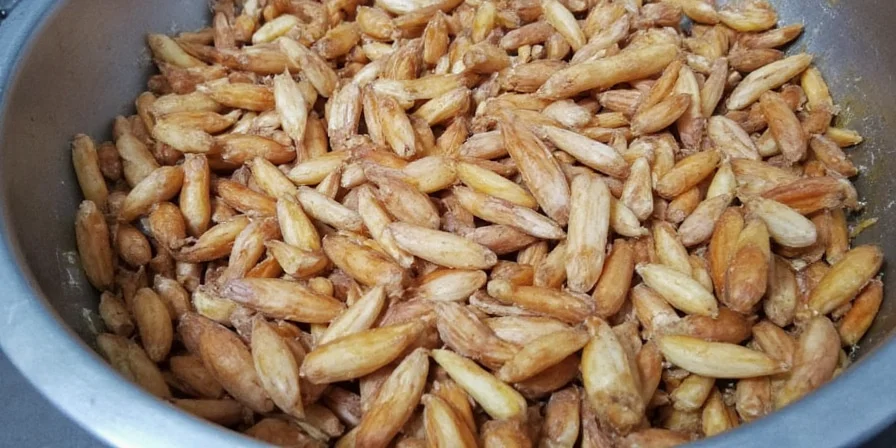
Summary: The Root of All Good Things
Galangal roots are more than just another member of the spice cabinet crew. They bring bold flavors, potential health benefits, and a touch of mystery to any dish. From choosing the right type for your recipe to storing it properly and even substituting in a pinch, knowing how to handle galangal can elevate your cooking game significantly.
So next time you’re wandering through the produce aisle or planning your next culinary experiment, don’t overlook this underappreciated root. Embrace the zing, savor the spice, and let galangal become your new kitchen confidant!
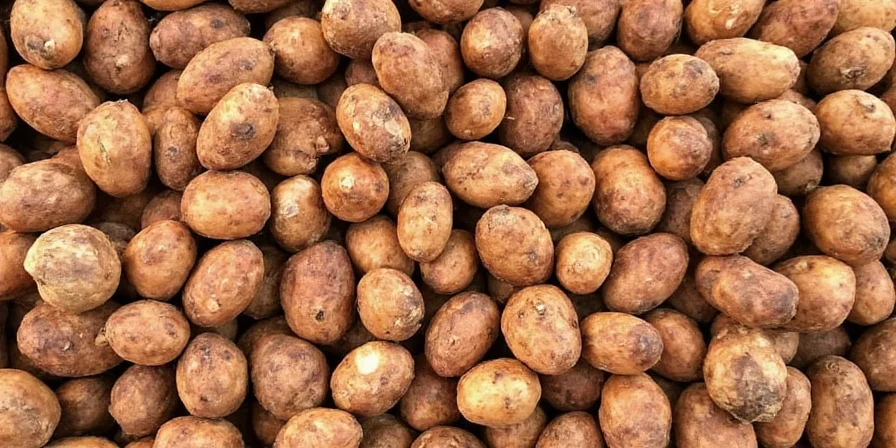

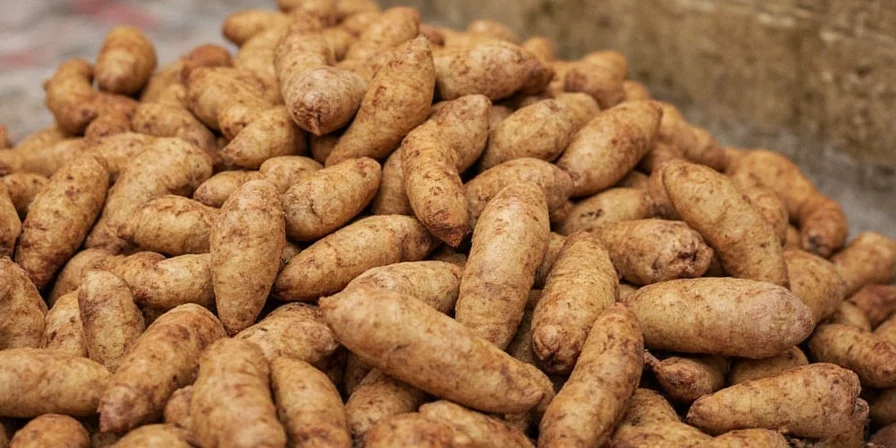









 浙公网安备
33010002000092号
浙公网安备
33010002000092号 浙B2-20120091-4
浙B2-20120091-4